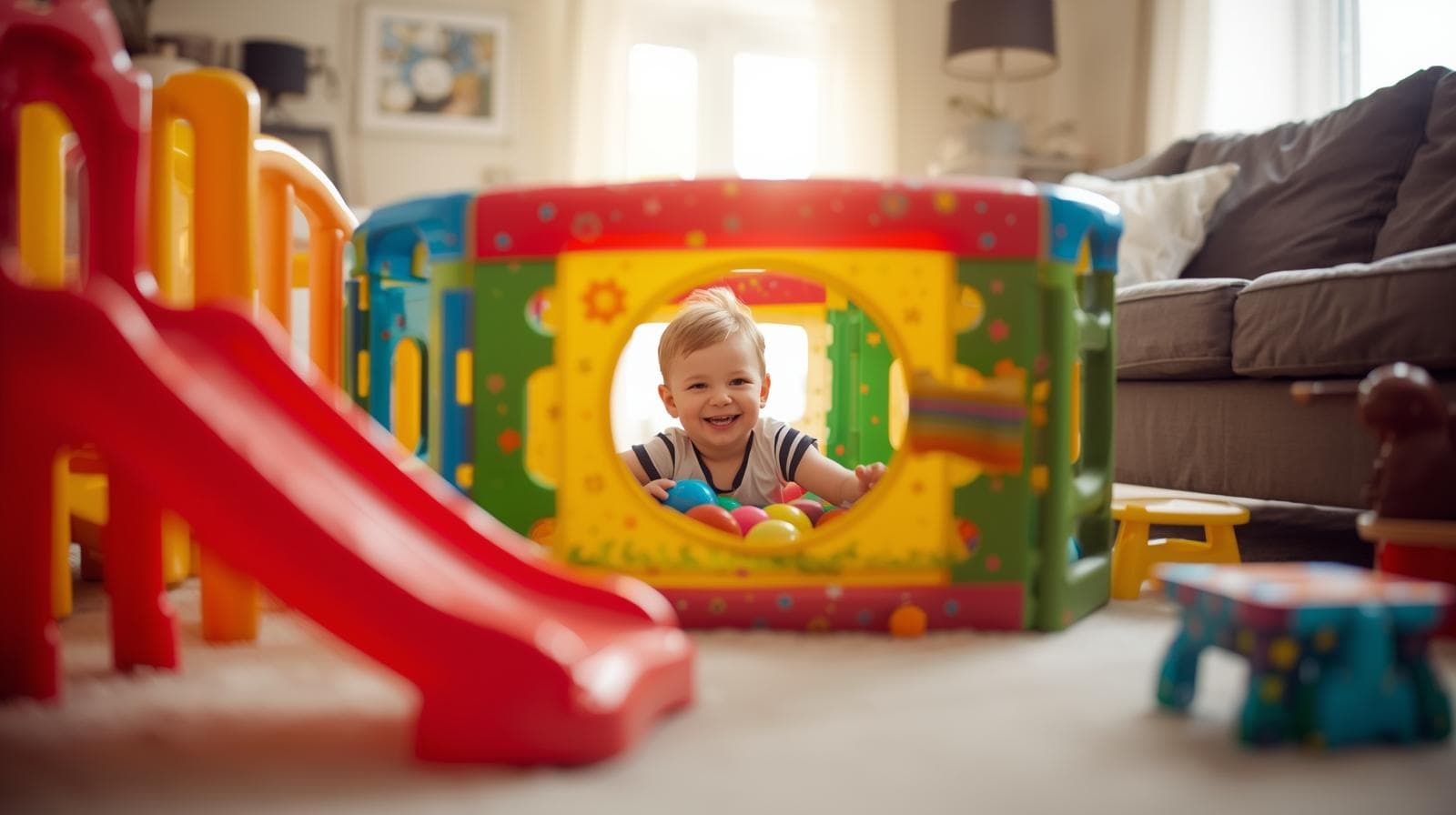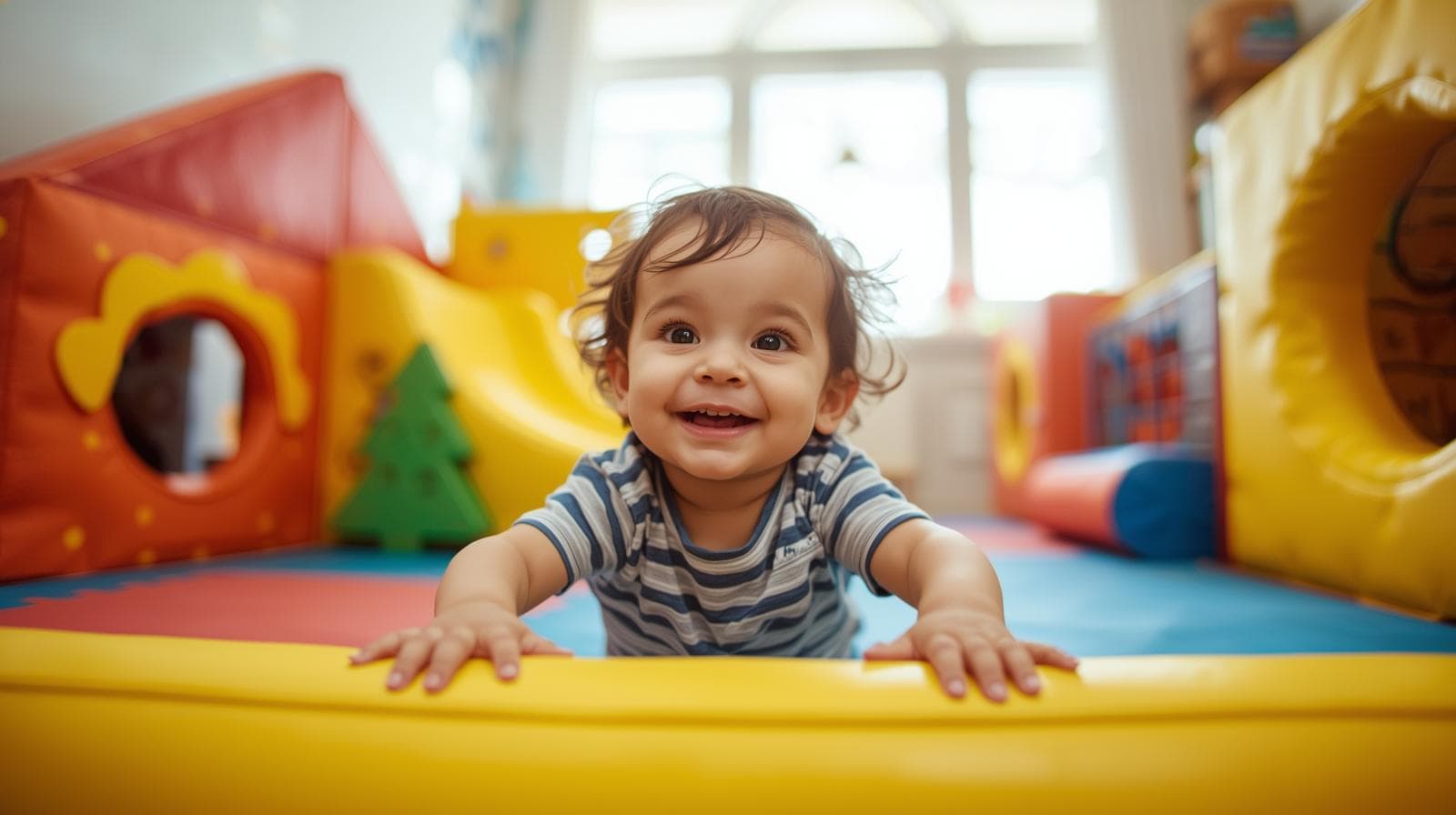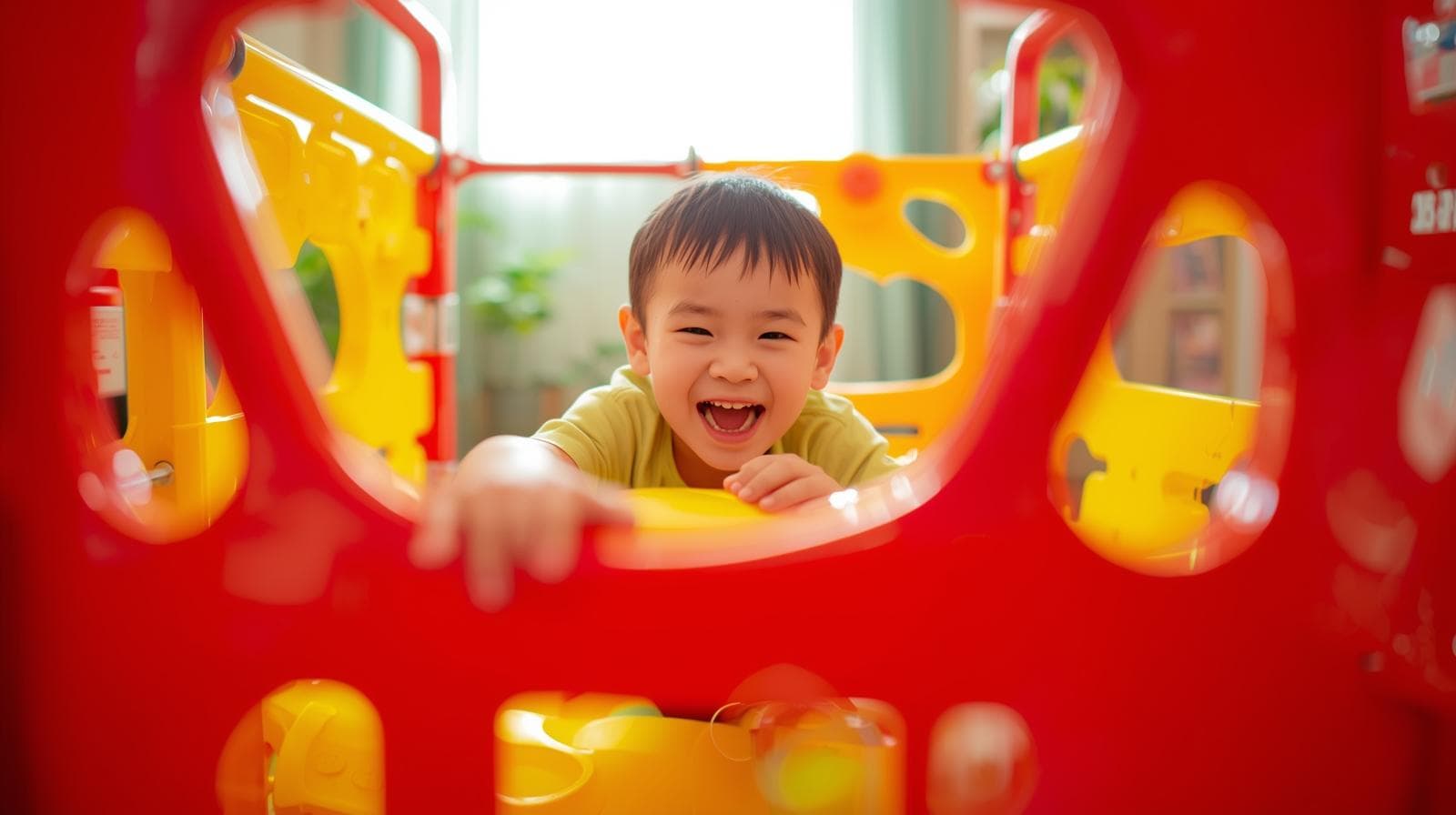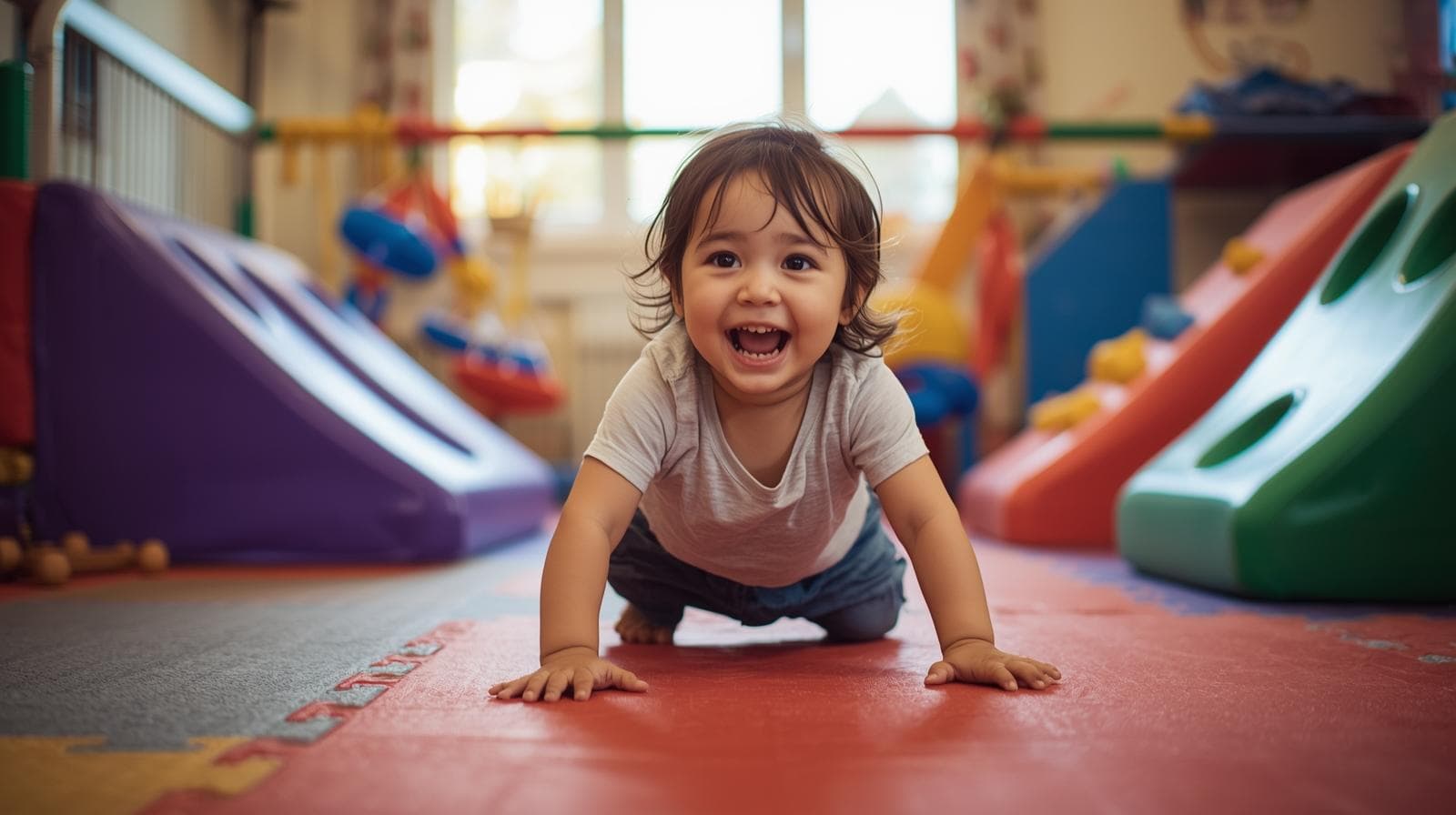 Key Points:
Key Points:
- Inclusive playgrounds designed with sensory needs in mind create safer, more engaging spaces for autistic children.
- Thoughtful design features like quiet zones, visual cues, and autism-specific play equipment support both physical and emotional regulation.
- Involving the autism community and using evidence-based design can result in parks that encourage inclusive play for all children.
Every child deserves the chance to play, explore, and connect with others. For children on the autism spectrum, outdoor play can support sensory development, social skills, and emotional regulation, but only when environments are designed to meet their unique needs.
Unfortunately, many traditional playgrounds are overstimulating, inaccessible, or even unsafe for autistic children. This leads to frustration, isolation, and missed developmental opportunities.
That’s where inclusive playgrounds come in. More than just ADA compliance, these spaces thoughtfully consider the sensory, cognitive, and social needs of children with autism, allowing them to play freely, comfortably, and alongside their peers.
This article dives into the key elements of building inclusive parks and playgrounds specifically for children with autism. Whether you’re a parent, city planner, or community advocate, this guide offers practical insights to create spaces where all kids can thrive.
Understanding the Needs of Autistic Children in Outdoor Play
Autistic children often experience the world differently, particularly when it comes to sensory processing, motor planning, and social interaction.
Key challenges they may face in traditional playgrounds include:
- Sensory overload from bright colors, loud noises, or crowded spaces
- Difficulty with unstructured play or taking turns
- Trouble navigating complex equipment or uneven terrain
- Lack of quiet zones to self-regulate
Addressing these challenges through thoughtful design helps create inclusive playground ideas that make outdoor play accessible and enjoyable for all.
Core Elements of an Autism Sensory Playground
A well-designed autism sensory playground includes features that support a range of sensory experiences – touch, sound, movement, while offering calming spaces when needed.
Here are key elements to consider:
- Tactile Panels: Panels with different textures provide safe sensory input.
- Musical Instruments: Outdoor drums, chimes, and xylophones offer auditory stimulation without overwhelming volume.
- Swings and Spinners: Motion-based equipment, like nest swings or cozy cocoons, supports vestibular input.
- Quiet Zones: Shaded or enclosed spaces give children a break from stimulation.
- Predictable Layouts: Clear pathways, visual signs, and color-coded areas reduce anxiety and confusion.
These features support both play and self-regulation, which are essential for autistic children during outdoor activities.
Choosing the Right Playground Equipment for Autism
When selecting playground equipment for autism, consider the physical and sensory abilities of a diverse group of children.
Look for equipment that:
- Encourages parallel play as well as interactive play
- Allows for both gross and fine motor skill development
- Is inclusive for children with limited verbal communication
- Has safety features like soft surfacing and low heights
- Avoids sudden sounds or bright flashing lights that can overwhelm
Autistic playground equipment often includes adaptive swings, low-profile climbing structures, calming hammocks, and balance-focused gear like wobble bridges or stepping stones.
The goal is to meet children where they are developmentally and emotionally, rather than expecting them to conform to typical playground demands.
Creating a Sensory Park for Autism: Designing Beyond the Playground
A sensory park for autism extends the concept of inclusive design to the entire outdoor space, not just the playground itself.
These parks can include:
- Walking paths with sensory gardens featuring scented plants or textured surfaces
- Water play zones with gentle fountains or misting areas
- Nature nooks where children can watch wildlife or explore in quiet
- Story trails with visual stories or social scripts that guide children through play scenarios
- Inclusive picnic areas that accommodate wheelchairs and offer shade and noise buffering
An inclusive park offers more than fun. It provides an essential therapeutic outlet for autistic children and a place for families to connect with their communities.
 The Importance of Designing an Autistic Child Area Within Playgrounds
The Importance of Designing an Autistic Child Area Within Playgrounds
Not every space needs to be a designated “autism-only” zone, but having an autistic child area within a larger playground can provide much-needed comfort and predictability.
This might include:
- Equipment that encourages solo or low-stimulation play
- Areas with seating and shade for parents and therapists
- Gentle transitions between high-energy and calm play zones
- Materials that withstand repetitive use or tactile exploration
Designing for inclusivity doesn’t mean separating autistic children from their peers. It means giving them the tools and environments they need to feel safe and included.
Practical Inclusive Playground Ideas for Communities
Communities looking to build inclusive spaces don’t need massive budgets to make a big impact. Here are practical inclusive playground ideas for any size project:
- Install visual communication boards with symbols or images for nonverbal children.
- Use color zones to help kids understand different types of activities.
- Add noise-reducing features, like rubber flooring or sound-dampening barriers.
- Create flexible spaces that can evolve with the needs of the community.
- Engage with autism experts or local ABA therapists during the planning phase.
The more input you gather from those directly impacted, parents, caregivers, therapists, the more useful and welcoming the playground becomes.
Selecting Autism Outdoor Play Equipment That Works
Not all equipment marketed for sensory use is effective, or safe, for autistic children. When choosing autism outdoor play equipment, evaluate:
- Is the equipment multi-sensory without being overwhelming?
- Can it accommodate a range of physical abilities?
- Is it easy to clean and maintain?
- Does it promote engagement or provide calming feedback?
Simple choices like textured balance beams, rocking platforms, or sensory tunnels can have a lasting impact when chosen with purpose.
Investing in the right autistic playground equipment can turn a standard playground into a meaningful space for development, discovery, and joy.
 What Inclusion Really Means
What Inclusion Really Means
Inclusion isn’t about a single piece of equipment or a checklist of features. It’s about designing spaces with empathy – spaces where children of all abilities can feel safe, successful, and valued.
Building a truly inclusive autism playground means working with families, therapists, and local organizations to understand real needs and goals.
When we center those voices, parks stop being just places to pass the time, they become platforms for connection, growth, and community belonging.
Rediscover the Power of Play with ABA Support
Empower Your Child’s Development with ABA Therapy in Colorado, Iowa, and Nebraska
If you’re navigating how to support your autistic child beyond the playground, ABA therapy can make a profound difference. Spirit ABA offers evidence-based ABA therapy in Colorado, Iowa, and Nebraska, helping children build communication, behavioral, and social skills that carry into all areas of life, including play.
Whether your child is learning to navigate group settings, follow playground routines, or engage in imaginative play, our trained therapists at Spirit ABA are here to guide you both. Let us help your child grow in confidence and connection, on the playground and beyond. Contact us today!


